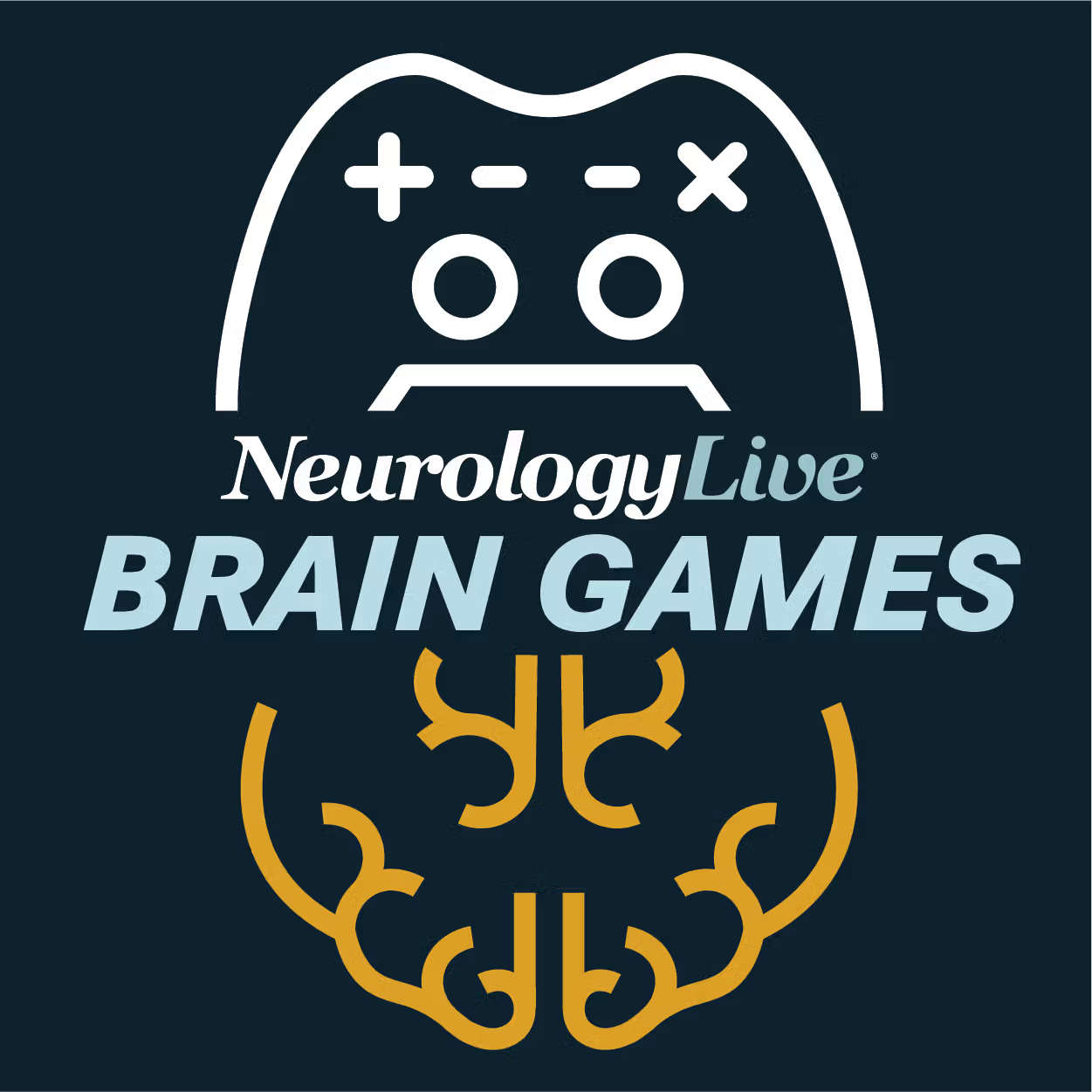News
Article
New Functional MRI Model Shows High Accuracy in Differentiating Between MS and NMOSD
Key Takeaways
- A machine-learning model using multilevel fMRI features accurately differentiates MS from NMOSD, achieving an AUC of 0.857–0.929 and accuracy of 81.8%–90.9%.
- Key imaging biomarkers were identified in the default mode network and cerebellum, with ReHo features in the cerebellum playing a critical role.
A newly developed advanced fMRI-based classification model demonstrated efficacy in distinguishing multiple sclerosis from neuromyelitis optica spectrum disorder, potentially having the ability to improve diagnostic accuracy.
In a recent study, researchers created a machine-learning model using multilevel functional MRI (fMRI) features that was able to differentiate patients with multiple sclerosis (MS) from those with neuromyelitis optica spectrum disorder (NMOSD) with high accuracy. Published in Scientific Reports, these findings suggest this method could significantly enhance the clinical application of fMRI in diagnosing patients living with these autoimmune conditions.1
The analysis included patients with MS (n = 56) and patients with NMOSD (n =36), recruited between 2011 and 2023, who had similar demographic and clinical characteristics except for significantly higher fatigue scores (MFIS) among patients with MS (P = .035). Researchers tested different machine-learning classifiers—support vector machines (SVM) and logistic regression (LR)—across 15 model combinations.
Authors noted that the best-performing models incorporated multilevel imaging features, achieving an area under the curve (AUC) of 0.857–0.929 and an accuracy of 81.8%–90.9%. Notably, a secondary analysis using the Harvard-Oxford Atlas template confirmed findings of a similar performance, with the optimal model achieving an AUC of 0.875–0.917. Researchers reported that further validation using tenfold cross-validation supported the robustness of these findings.
For years, distinguishing MS from NMOSD has long been a clinical challenge because of their overlapping symptoms.2 Led by Fuqing Zhou, MD, PhD, department of radiology at The First Affiliated Hospital of Nanchang University in China, this study aimed to refine diagnostic accuracy by leveraging multilevel imaging metrics, including resting-state functional connectivity (RSFC), amplitude of low-frequency fluctuation (ALFF), and regional homogeneity (ReHo). The researchers trained classifiers using these functional MRI features to establish a reliable method for differentiation.
READ MORE: Real-World Study Highlights Immunotherapy Trends and Effectiveness in NMOSD and MOGAD
Authors noted that the feature selection was performed using Pearson correlation and LASSO regression, ultimately identifying a set of imaging biomarkers that could best distinguished MS from NMOSD. The most important features were concentrated in the default mode network and cerebellum, with ReHo features in the cerebellum potentially playing a particular critical role.
Beyond classification accuracy, the findings in the study showed significant correlations between selected brain features and clinical measures such as fatigue, cognitive performance, and disability scores. Notably, ALFF values in the right inferior frontal gyrus and right cerebellar areas were negatively associated with MFIS scores, and RSFC features correlated with cognitive and disability scores in patients with NMOSD. Overall, the authors suggested that the identified imaging markers not only differentiate MS and NMOSD but may also reflect disease severity.
Despite promising results, authors noted that the current study had limitations. Researchers highlighted that the study relied on a single dataset, which lacked external validation to confirm model generalizability. Additionally, authors underscored that the focus on gray matter volume as the sole structural feature suggests room for improvement by incorporating white matter integrity measures in future research.
All told, this study introduced an fMRI-based classification model that could effectively distinguish MS from NMOSD with high accuracy, emphasizing the clinical utility of multilevel functional imaging. Although further validation with external datasets may be needed, according to the authors, these findings could potentially represent a significant step toward integrating advanced imaging biomarkers into routine clinical practice for improved differential diagnosis.




